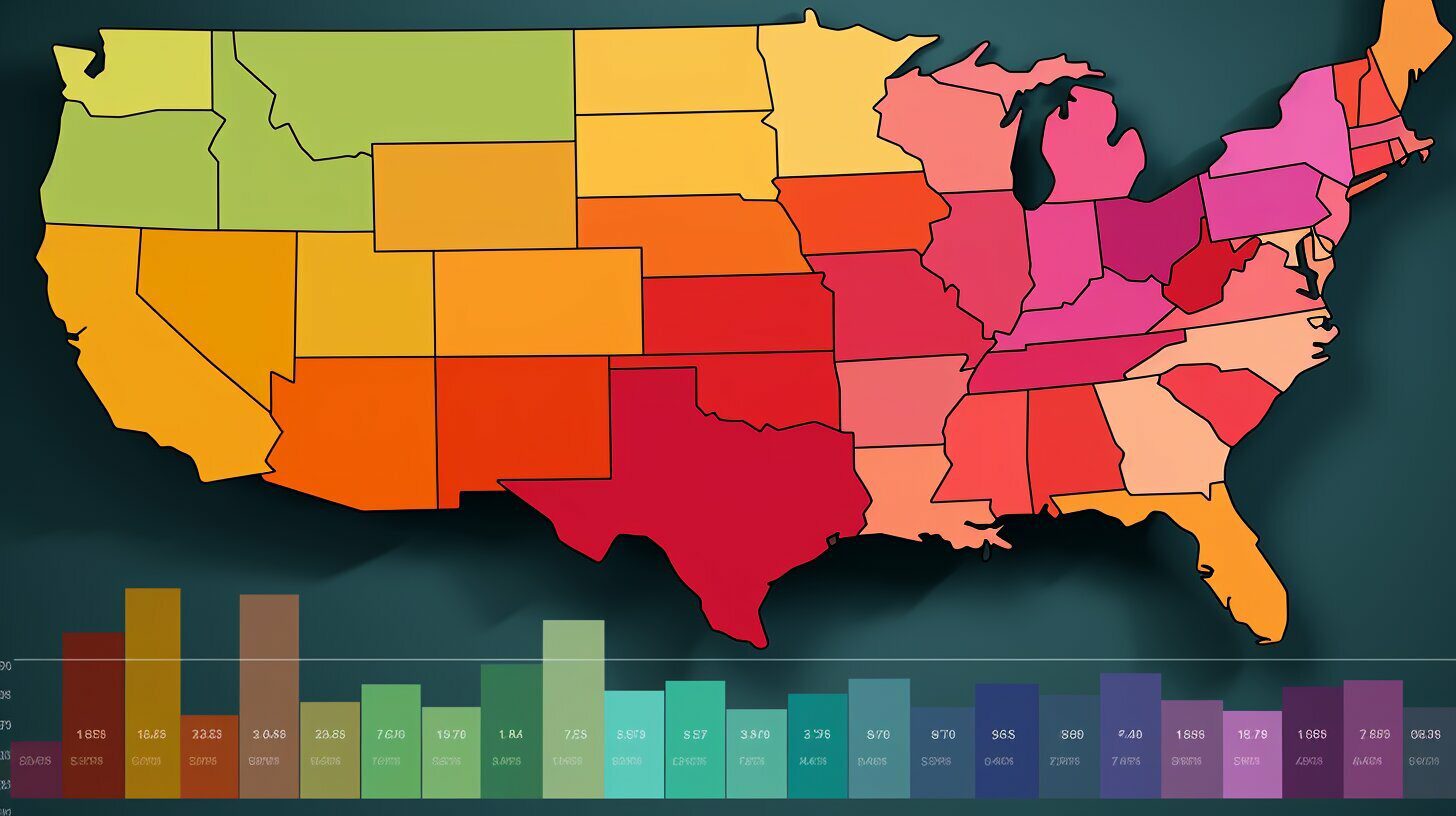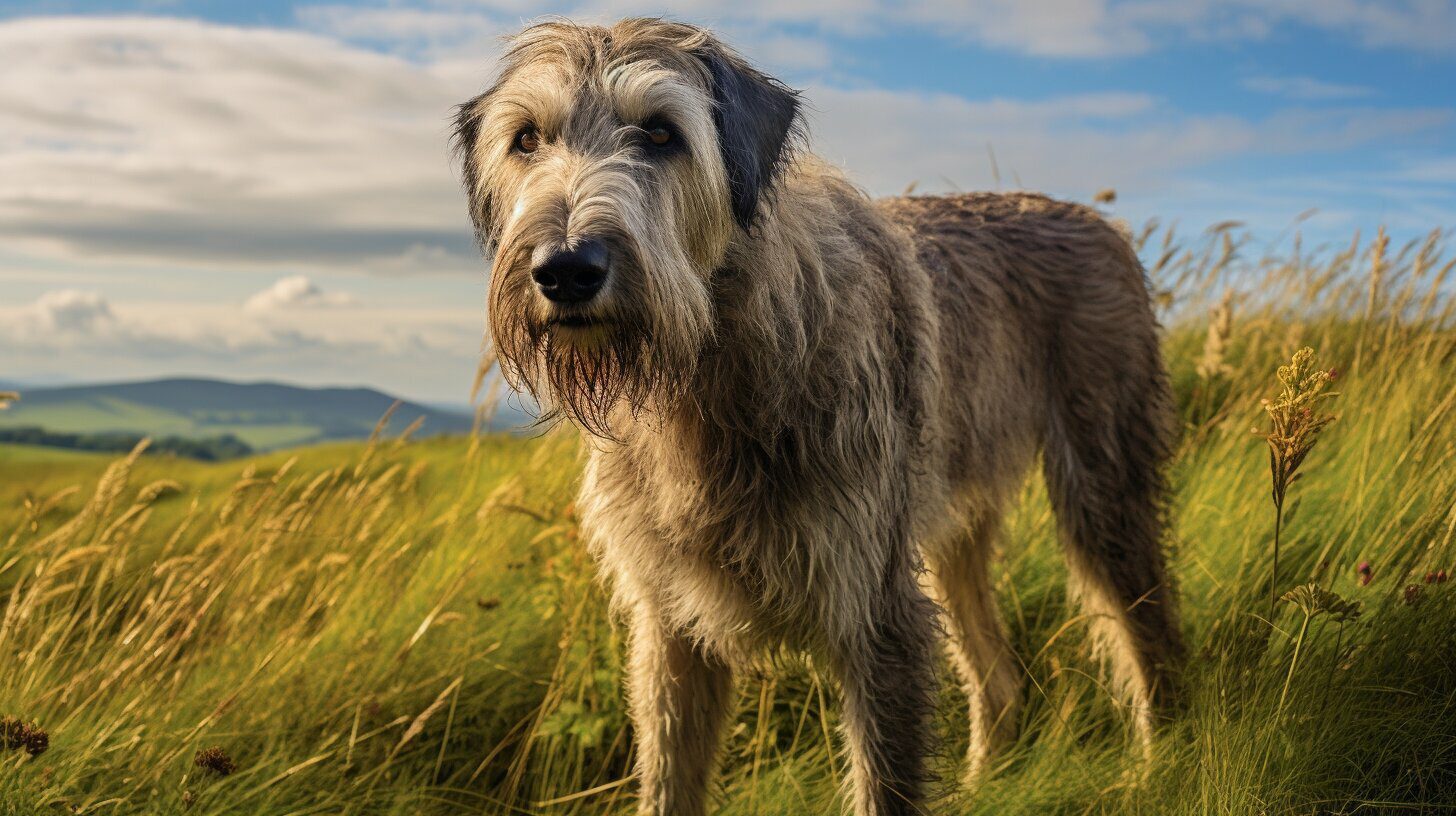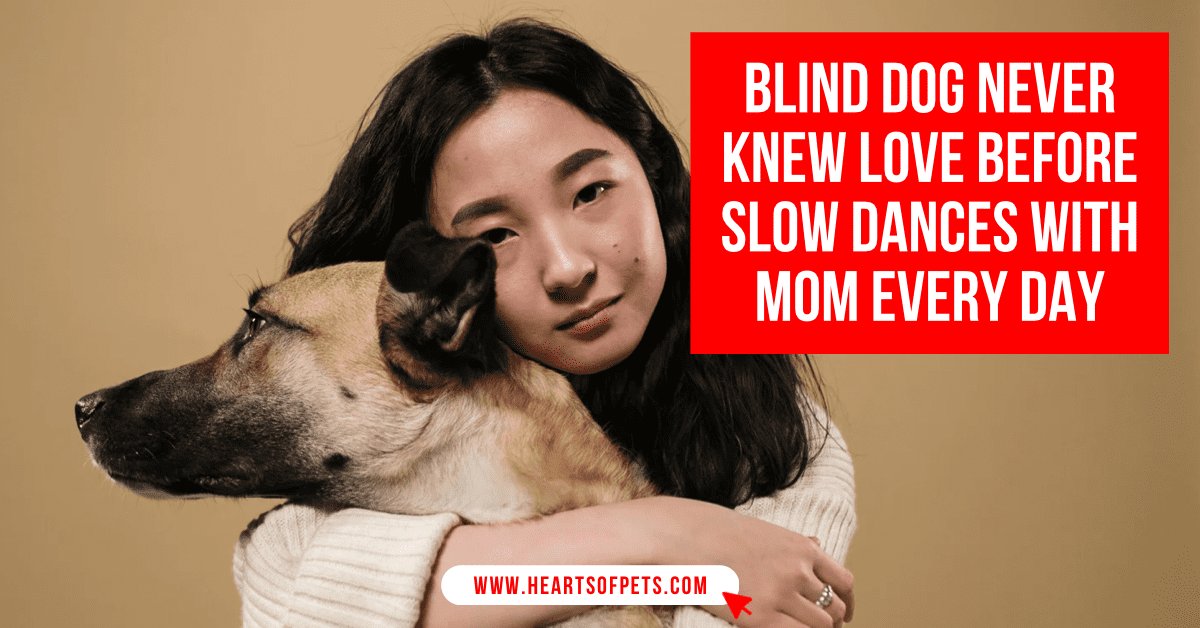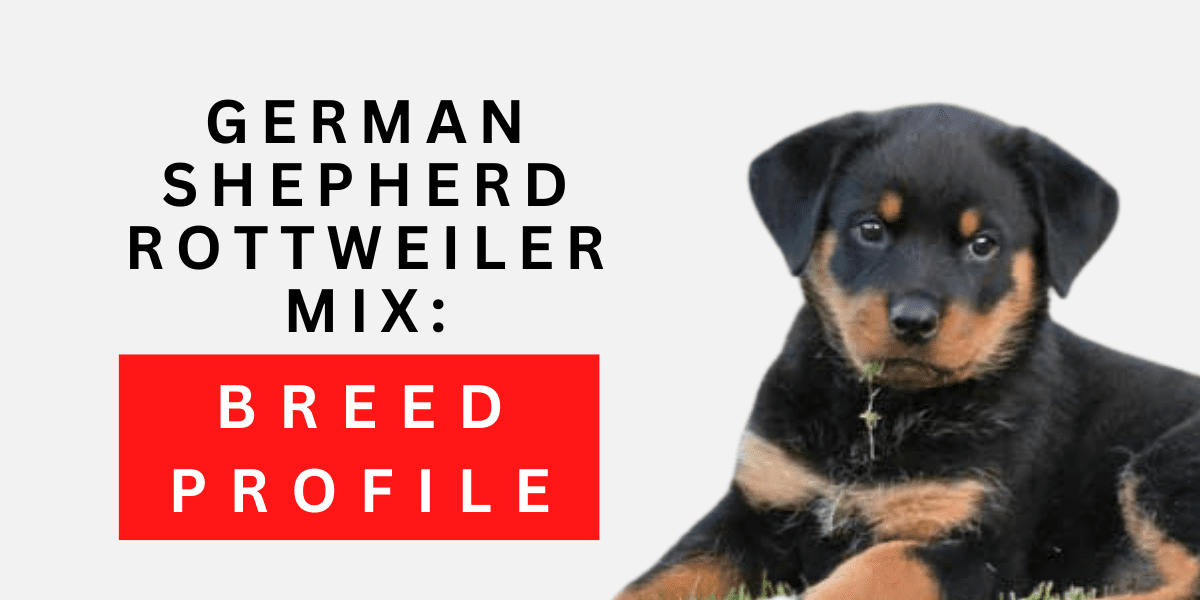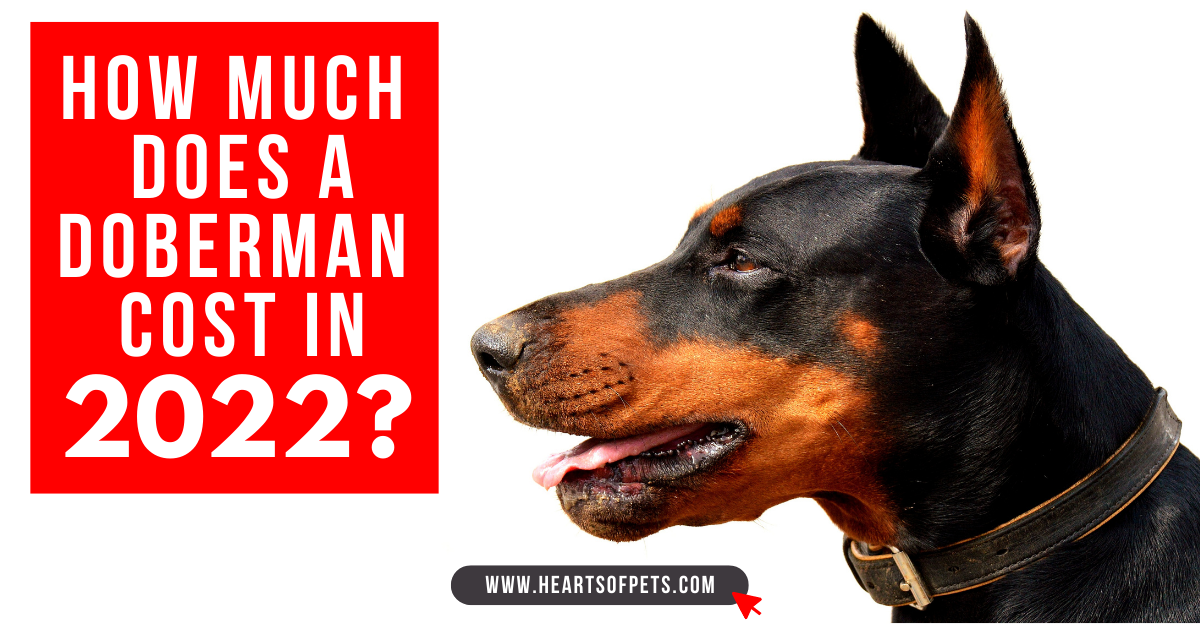Dogs are creatures of habit and usually defecate shortly after waking up, eating, and playing. However, there are times when a dog may not poop for a day or two. So how long can a dog go without pooping before it becomes dangerous? And what should you do if your dog stops eliminating? Keep reading to find out!
Is It Normal for Dogs Not to Poo All Day?
It’s normal for dogs to poop 1-5 times a day, depending on their diet. However, if your dog is not pooping all day, there could be a few reasons. Let’s look at some of the most common causes and what you can do about them.
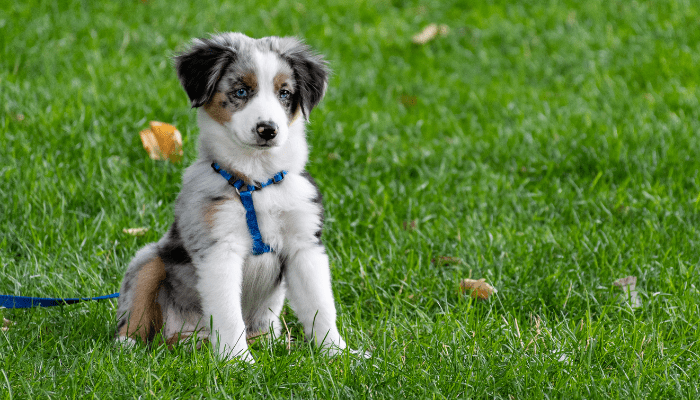
Dog Not Pooping: What Causes Constipation in Dogs?
Dietary Changes
One of the most common reasons for a decrease in bowel movements is a change in diet. Dogs, like humans, need time to adjust to new foods. If you’ve recently changed your dog’s food, give it a few days to see if its bowel movement returns to normal. If they don’t, it’s possible that your dog is not fond of the new food or is allergic to an ingredient. In either case, you’ll need to talk to your veterinarian about finding a food that works better for your dog.
Stress
Another possible reason for decreased bowel movements is stress. Dogs can get stressed from changes in their environment, such as moving to a new home or adding a new pet or family member. If you think stress might be the cause, try to make your dog’s environment as calm and relaxed as possible. You should also talk to your veterinarian about giving your dog a calming supplement to help reduce their stress levels.
Medical Conditions
Several medical conditions can cause dogs to poop less frequently. These include gastritis (inflammation of the stomach), pancreatitis (inflammation of the pancreas), and intestinal parasites. If you think your dog may have one of these conditions, please take them to your veterinarian as soon as possible.
Dehydration
One of the most common causes of constipation in dogs is dehydration. When your dog doesn’t have enough fiber and water intake, the dog’s poop becomes hard and dry, making it difficult to pass. Signs that your dog is dehydrated include dry mouth, sunken eyes, lethargy, and decreased urination. If you think your dog may be exhausted, offer him fresh water and even adding canned food to her meals before you contact your veterinarian.
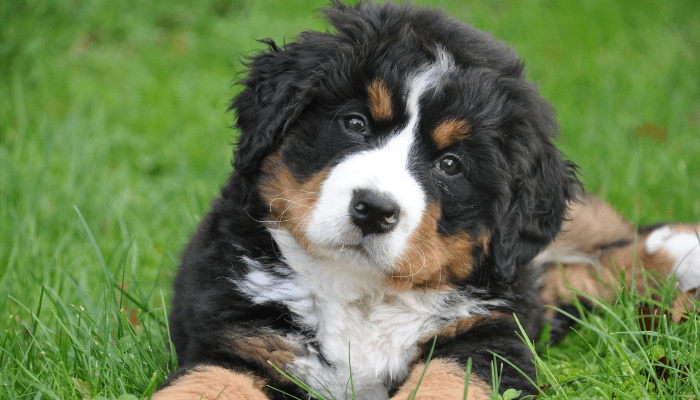
Lack of Exercise
Another common cause of constipation in dogs is a lack of exercise. Just like humans, dogs need regular physical activity to encourage digestive health to function correctly. If your dog isn’t getting enough exercise, try adding more walks or playtime to his routine.
Poor Diet
A diet that’s high in fat and low in fiber can lead to everyday constipation in dogs. Ensure your dog eats a balanced diet with plenty of fresh fruits and vegetables to avoid this problem. You should also avoid giving your dog table scraps, as these are often high in fat and low in fiber as well.
Anal Gland Issues
Anal gland problems are another common cause of constipation in dogs. The anal glands are two tiny sacs on either side of the anus producing foul-smelling liquid. If these glands become infected or impacted, they can cause dog constipation. Anal gland issues often require treatment from a veterinarian.
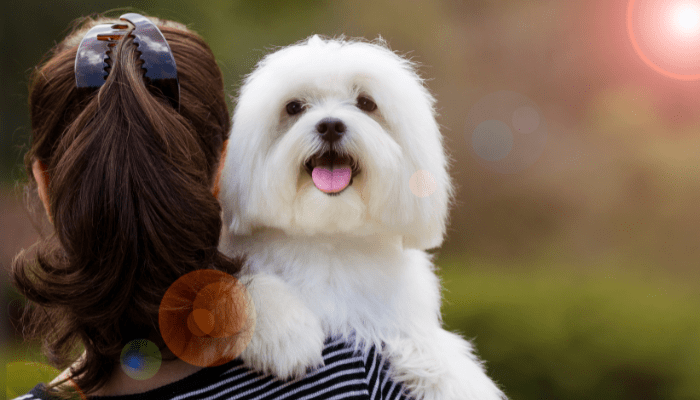
What Should I Do if My Dog Doesn’t Poop?
1. Change Their Diet
If your dog suddenly stops pooping, one of the first things you should do is look at their well-balanced diet. Has anything changed recently? Maybe you switched to a new food brand or started giving them more table scraps than usual. Dogs can be finicky eaters, and a change in diet is often the culprit when they stop pooping. If you think their bland diet might be the problem, try returning to their old food or cutting out the table scraps. This could potentially improve your dog’s pooping habits.`
2. Give Them Some Exercise
Sometimes, a little exercise is all it takes to get things moving again. If your dog has yet to get as much exercise as usual, try taking them on a long walk or playing fetch with them in the backyard. A good game of fetch will usually get even the laziest of dogs running around and hopefully help them relieve themselves.
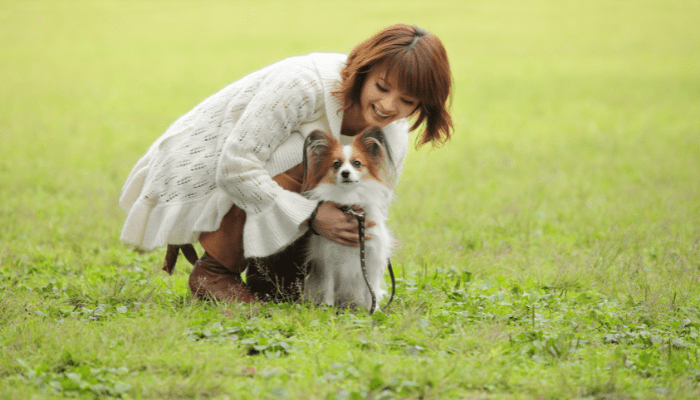
3. Check for Obstacles
Is there anything blocking your dog’s path to the backyard? Maybe a new baby gate has been installed, or there’s construction going on next door. Dogs can be easily discouraged if they can’t get to their favorite potty spot, so make sure there aren’t any obstacles.
4. See the Vet
If you’ve tried all of the above and your dog still isn’t pooping, it’s time to see the vet. There could be an underlying health condition causing dog constipation, such as intestinal blockages or dehydration. The vet can diagnose the problem and recommend the best course of treatment.
5. Be Patient
Finally, it’s important to remember that sometimes dogs need some time. If nothing else seems to be working, give them a day or two and see if things improve. More often than not, they will!
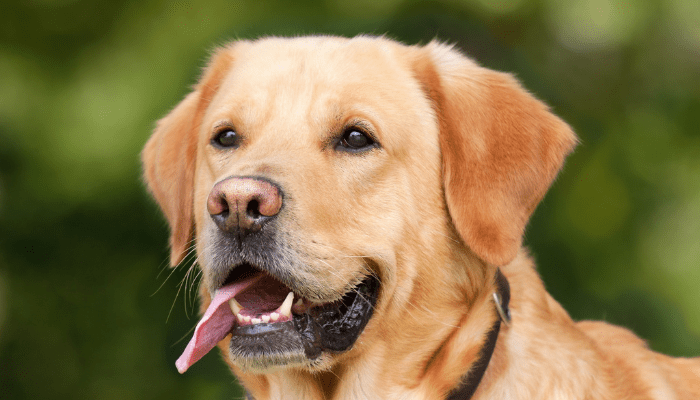
How Long Can a Dog Go Without Pooping?
Is it cause for concern if your dog hasn’t pooped in a day or even two? The answer, unfortunately, is that it depends. Several factors can influence how often your dog needs to poop, including the dog’s diet, activity level, age, and overall health. For example, puppies have more frequent bowel movements than adult dogs because their digestive tract is still developing. Likewise, older dogs may have less often bowel movements than younger dogs because they tend to be less active and have slower metabolisms.
If your dog is eating a high-fiber diet, he may need to poop more frequently than if he’s eating a low-fiber diet. The same goes for dogs who eat a lot of table scraps or other people’s food; their digestive systems may not be able to handle all that extra food, resulting in more frequent (and sometimes explosive) poops.
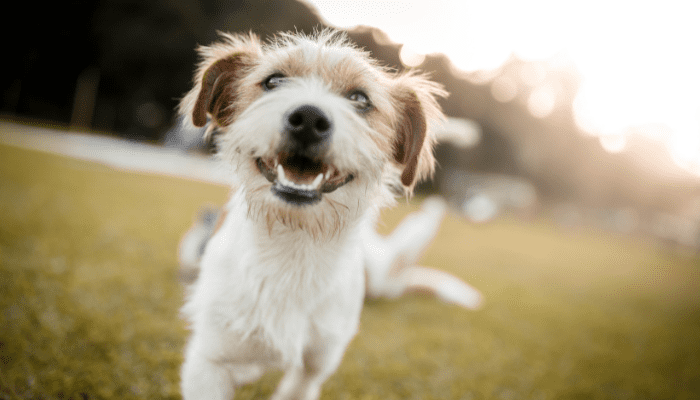
How often should dogs poop? Generally speaking, most healthy dogs will poop at least once a day. Dogs can go 24 hours without pooping. However, if your dog goes longer than 24 hours without pooping, it’s probably time to consult your veterinarian. They can help you determine whether there’s an underlying medical condition causing your dog’s constipation and recommend the best treatment.
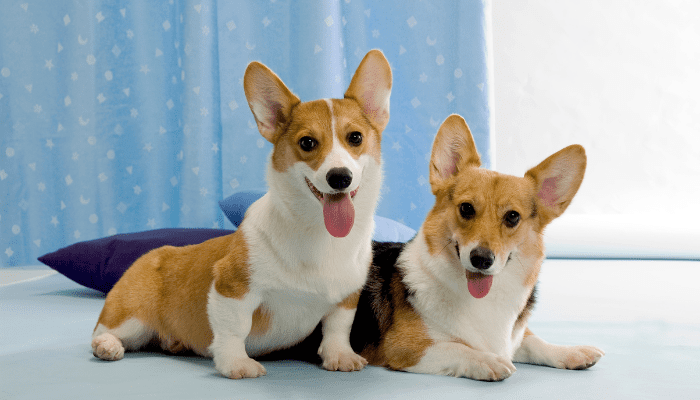
Conventional Way to Treat Constipation
Canned Pumpkin Seeds
Canned pumpkin seeds are a great source of fiber for dogs. They’re also rich in vitamins and minerals, making them a healthy treat for your pup. Just make sure to buy raw, unsalted pumpkin seeds. Roasted and salted little canned pumpkin seeds can be harmful to dogs.
Sweet Potatoes
Sweet potatoes are another great source of fiber for dogs. They’re also packed with vitamins A, C, and B6. You can feed your dog sweet potato skins for an extra fiber boost. Just make sure they’re cooked first!
Carrots
Carrots are a crunchy, satisfying treat that’s also good for your dog’s teeth. Plus, they’re loaded with fiber. So carrots are a great option if you’re looking for a healthy, high-fiber treat for your dog.
Bully Sticks
Bully sticks are a popular option for dogs because they’re high in protein and low in fat. They’re also a good source of fiber, with around 5% fiber content.
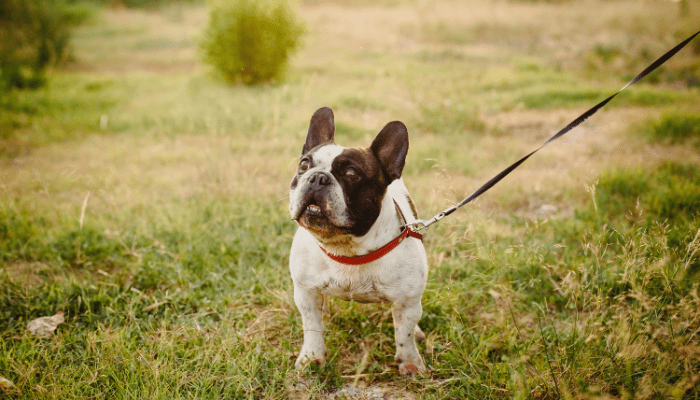
Green Beans
Green beans are another healthy option for dogs and are packed with fiber, with around 5% fiber content. They’re also a good source of vitamins K and C.
Laxative or Stool Softener
Laxatives work by stimulating the bowels and causing them to contract, which helps to move things along. Stool softeners, on the other hand, work by breaking down the loose stools and making it easier to pass. Either of these options will help your dog to feel better and should make it easier for them to poop. Just be sure to check with your veterinarian before giving your dog any medication, as there are a few different options available, and not all of them will be right for every dog.
Give Your Dog More Exercise
Just like humans, regular exercise helps keep the digestive system moving smoothly. A good rule of thumb is to ensure your dog is getting at least 30 minutes of exercise each day, though more may be necessary depending on your dog’s breed and individual needs. So next time your dog has trouble going to the bathroom, try taking them for a long walk or playing a rousing game of fetch instead of reaching for a bottle of laxatives. Chances are, it’ll do the trick!
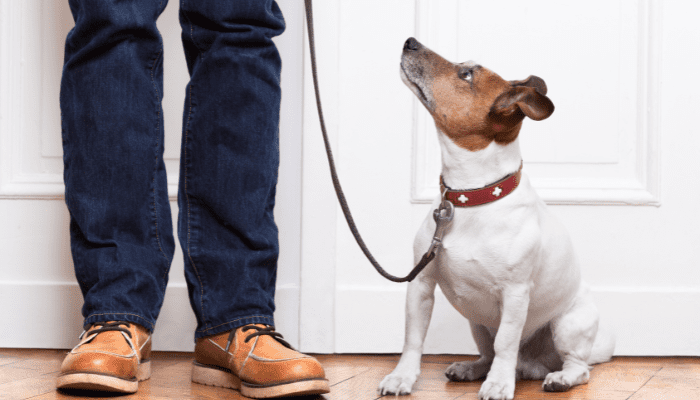
Products to Help Dog Poop Problems
Poop Bags: Poop bags are a must if you own a dog. They make picking up after your pet quick and easy, and they help keep your hands clean in the process. In addition, they’re great for preventing those pesky little surprises from showing up on your shoes when you least expect them.
Dog Poop Scooper: A good quality poop scooper is worth its weight in gold. It will make cleaning up after your dog much easier and help you avoid getting your hands dirty. We recommend investing in a scooper with a long handle to reach those hard-to-reach spots without bending over too much.
Dog Poop Deodorizer: No matter how often you scoop and bag your dog’s waste, some odor will always be left behind. That’s where dog poop deodorizers come in handy. These products work by neutralizing odors, making your home smell fresh and clean even if Fido has had an accident indoors.
Poop Sprays: Poop sprays are another option for those who want to avoid contact with dog feces. These products work by instantly turning solid feces into liquid, making them much easier to clean up. Most poop sprays are made with natural ingredients and are safe for pets and children. Spray the affected area and wipe away the waste with a paper towel or cloth.
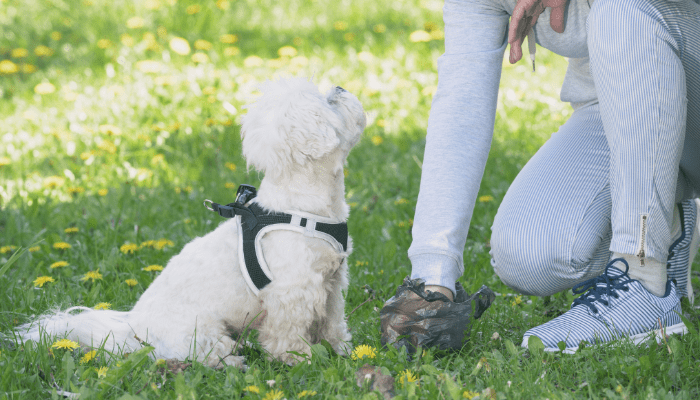
Final Thoughts
If your dog hasn’t pooped in a day or two, it’s probably time to consult your veterinarian. They can help you determine whether there’s an underlying medical condition causing your dog’s constipation and recommend the best treatment. In the meantime, several products can help relieve your dog’s constipation, including high-fiber dog food, loose stool softeners, and laxatives. After that, your dog should return to normal with patience and proper treatment.
Frequently Asked Questions
WHAT IF MY DOG HASN’T POOPED IN 3 DAYS?
There are several reasons why your dog might be slightly constipated, but it’s important not to ignore the problem. For example, if they haven’t pooed in over 24 hours and you’re worried about them going into malpractice, then call their vet or out-of-hour services immediately.
HOW CAN I STIMULATE MY DOG TO POOP?
Rubbing your dog’s abdomen can help encourage them to poop. Start by placing the animal in an upright position and rubbing it behind one of its hind legs until they kick out, then repeat on another side with the same technique (from left). If this doesn’t work, try putting some homemade treats below where you think it’ll be comfortable for them—sometimes that works.
WHAT SHOULD I DO IF MY DOG HASN’T POOPED IN 5 DAYS?
Suppose those treatments don’t work, or if you haven’t seen your dog poop in more than two days, head to the vet. The doctor will check for any underlying issues and determine whether a stool softener/laxative cocktail is appropriate.
HOW LONG CAN A DOG GO WITHOUT POOPING AND EATING?
Though it may seem like your dog is suffering from constipation, it could need a diet. You should know certain things about why this might be happening and what the symptoms mean so that when disaster strikes (and believe me – everyone has one), there’s nothing left but relief.

